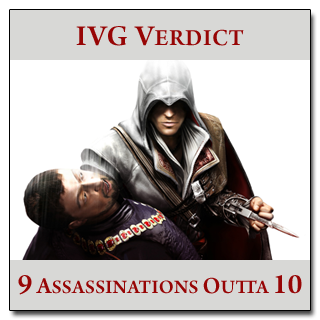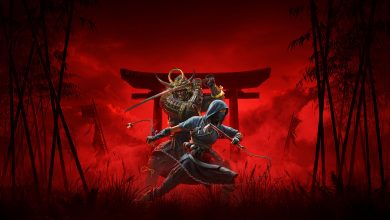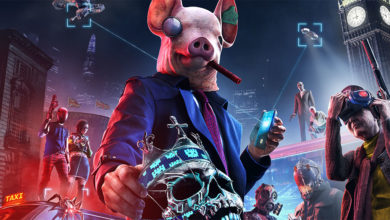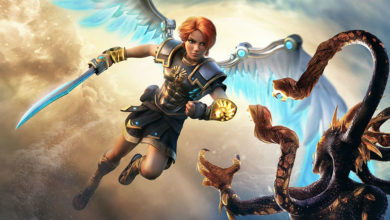Variety extends to assassinations as well. One can take the boneheaded approach of going all gung-ho, but finesse is encouraged over it. The player can now blend into crowds (and not just the annoyingly slow priests from the first game), hire mercenaries, thieves or courtesans (pretty ladies!) to distract guards, throw money on the floor to create some chaos, stick a poisoned blade into an unsuspecting guard to draw away the attention from himself or a location, or use many of the contextual executions available to player like pulling a guard off the ledge. As a result, the thrill of a well-executed assassination is amplified by giving the player more tools to the get the job done.
[singlepic id=1684 w=450 float=center]
Following the numerous complaints about the repetitive nature of the first game, the mission structure has been completely overhauled in Assassin’s Creed 2. It’s a step back of sorts, with missions following the traditional structure of open world games. Story missions open up progressively, with side missions always available in the city without being a prerequisite for a main mission. In doing this, Ubisoft has made the side missions an attractive digression from the main missions, and some of the side missions reward the player greatly with either story details or additional items.
Mission variety has been greatly improved as well, and some of the missions such as a thrilling chase halfway through the game turn out to be a real blast. There’s a lot of variety to be found in the side missions as well. Apart from racing and assassination contracts, the player can go about collecting pages of Altair’s codex, which makes for a very interesting read. In fact, the codex, coupled with reverence with which Altair is remembered, gives more personality to the first game’s strangely American-accented protagonist than playing as him ever did.
[singlepic id=1683 w=450 float=center]
The game also features six assassins’ tombs, which are mostly linear platforming challenges with occasional combat. The platforming puzzles in these segments are very reminiscent of the Prince of Persia series, and are often an exhilarating distraction from the main mission. Completing them all earns the player a pretty nifty reward which is well worth the effort. However, the best reward comes from solving puzzles linked to glyphs; a set of strange symbols grafted onto the memories of Ezio by the mysterious Subject 16. I’d rather not go into any more details for the fear of spoiling one of the highlights of the story. Rest assured, taking up these side missions progressively adds on to the universe of the series, rounded off by a punch of a revelation appropriately dubbed as “The Truth”.
The stars of the show, however, are the cities themselves. No other game features such beautiful and well realised cities that come to life with their unique landmarks and busy streets full of people going about their business like they would in real life. The cities also follow a notoriety system this time, and as Ezio’s disruptive actions become more frequent, posters pop up and heralds start maligning the good name of the deadly assassin. Ezio must then act to reduce his notoriety to avoid becoming a wanted fugitive. These things give the game world a very organic feel, with the city reacting accordingly to the player’s actions. In fact, Ezio has his own little city to “manage” in the game, which serves as the base of assassins. Don’t be alarmed though, because the management elements been restricted to investing money to upgrade various buildings. The reward for doing so is a constant stream of revenue that the city generates for the player, which increases as the city becomes more prosperous, as well as discounts at various shops within the city.
[singlepic id=1690 w=450 float=center]
For an open world game, the graphics are the absolute best in the category, and the viewpoints proudly show off the incredible draw distances of the game. The graphics come at a price though, with characters clipping through walls and some uneven framerates. The latter, however, is barely noticeable and quite rare, and the performance holds up very well right through the 20 hour campaign. The soundtrack of the game deserves a special mention here as well. Personally, it’s the best original score I’ve heard this year, complimenting the game extremely well by rising and falling perfectly with the pace of the game.
Conclusion
I remember Assassin’s Creed. I remember everything it should have been. And as Assassin’s Creed 2 unfolded in front of me, I was delighted to finally play the game I wanted to play two years back. While a few small issues continue to plague the series, the joy of experiencing its unique contribution to the action-adventure genre backed by a strong story more than made up for them. The important thing is that Ubisoft listened, and delivered. And in doing that they made one thing certain: You will remember Assassin’s Creed 2.
(+) Engaging story with well-rounded characters
(+) Running across rooftops is a blast
(+) Variety in missions
(+) Incredible graphics and draw distances
(+) Excellent musical score
(+) “The truth”
(-) Combat is hardly challenging
(-) Poor enemy AI
(-) The last quarter of the game feels a bit rushed
(-) Clipping and occasional frame rate drops
Title: Assassin’s Creed 2
Developer/Publisher: Ubisoft Montreal/Ubisoft
Genre: Action-adventure
Rating: 18+
Platforms: Xbox 360 (Rs 2,599), PS3 (Rs 2,599), PC (March 2010)
Join the discussion at the IndianVideoGamer Community forums




